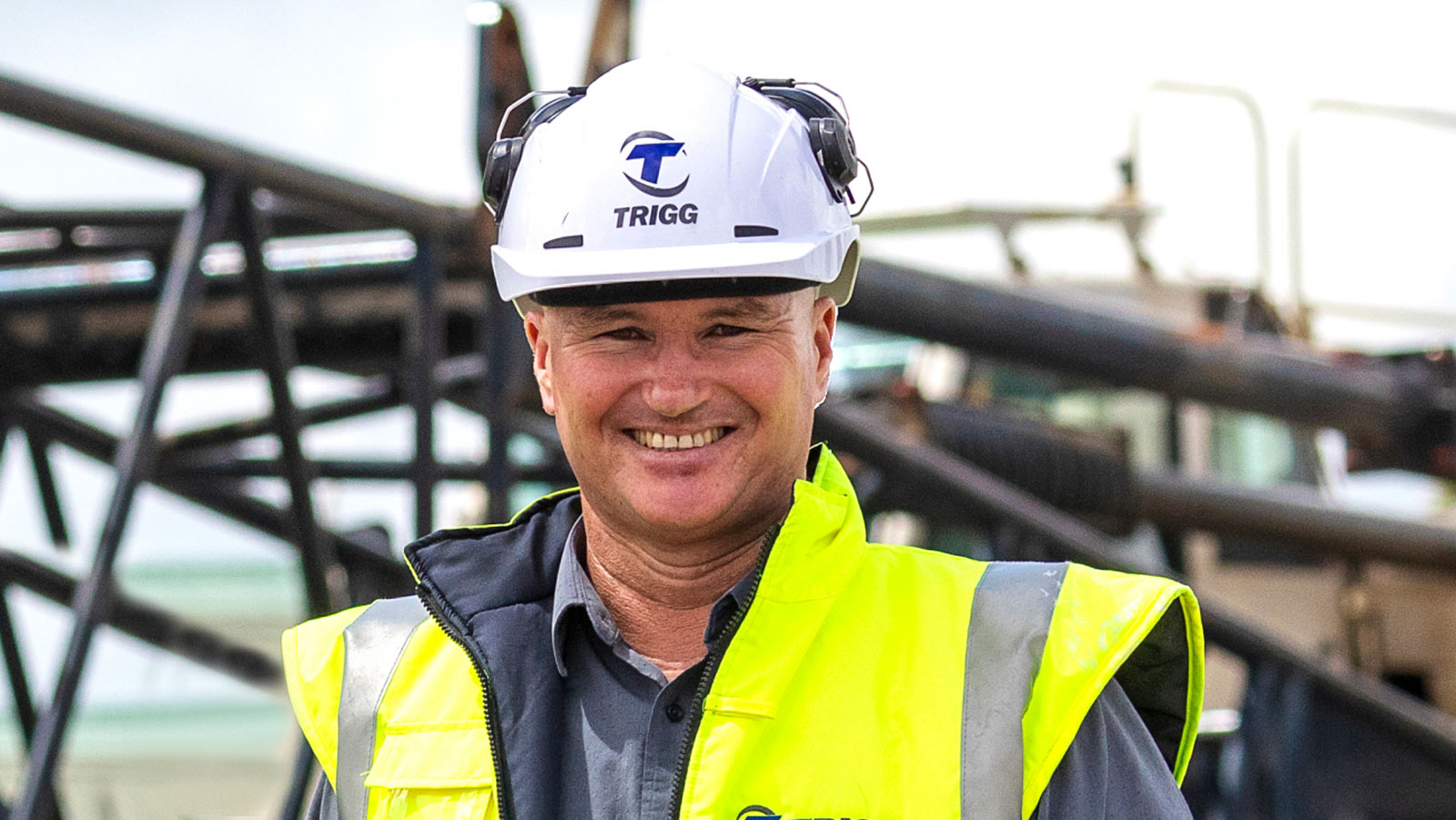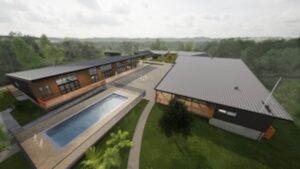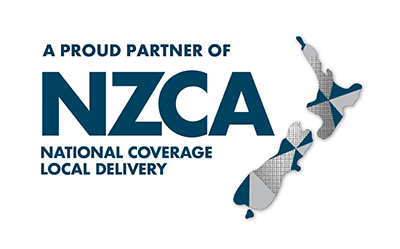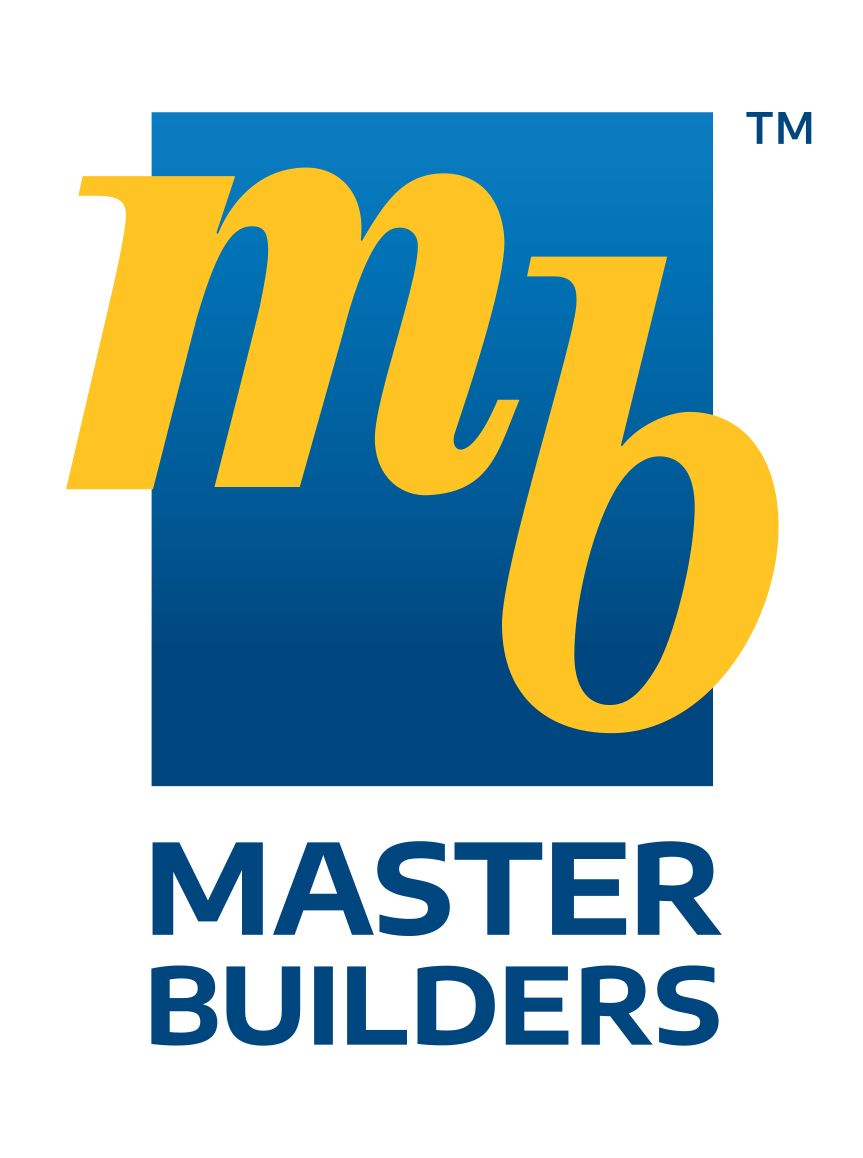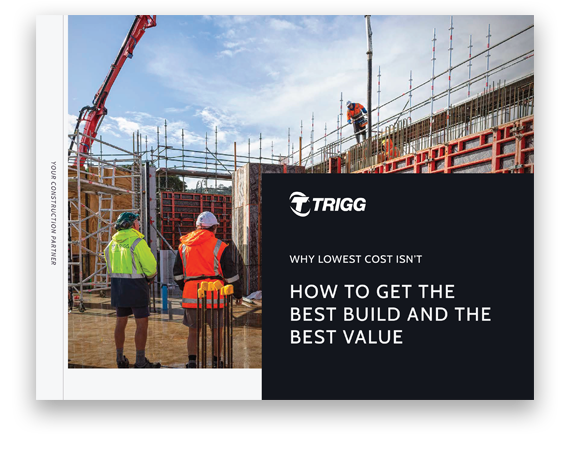We’ve all heard, and many of us are feeling the effects of the slowing economy and The Reserve Bank’s efforts to curb inflation. Recent predictions are that we will remain in a ‘recession’ until the end of 2024, with some predicting inflation won’t get below 3% until then, or even early 2025.
From an industry perspective, things are still tough. Residential construction is tailing off from the dizzy heights of the post covid boom, with most current work originating from sales through the 2021 year when the boom was full steam ahead. Much of this work is predicted to finish by mid-2023.
Residential consents are still holding, but my understanding is that this is mainly apartments and terraced housing, single dwelling units are the ones that are plummeting. The group home builders are saying that sales have fallen dramatically from the beginning to mid-2022, which means that work will not flow through to starts on-site anytime soon.
Commercially things are a bit better, but the cost to construct is still right up there, making some projects just not financially viable. We’ve seen that ourselves. We had the Hoppers Anchorage building put on hold recently due to the economic outlook and the fact that sales had dried up for now. Understandably, they are a bit nervous about committing the funds to this significant project in the current environment.
One of the issues we have is that current global supply constraints are keeping prices up for many of the elements of a building. Most items used in the construction of a building in New Zealand are either imported or if manufactured onshore, have raw products sourced from overseas, leaving us very much at the whim of the global logistics pricing structure.
In light of the cost pressures facing the industry, we are still finding clients that realise the significant value of relationship-based construction and the Early Contractor Involvement (ECI) procurement strategy, which produces ‘whole of project’ costings. Many in the sector view ‘lowest conforming tender’ as a ‘race to the bottom’. I tend to see it as a ‘race to the start line’ procurement strategy, that sets up several builders to effectively enter a competitive and comparative process which, will inevitably see them leave stuff out to keep the price low, giving the client a false sense of security of the number and their true investment.
The ‘Trigg way’ sees us build a working partnership from the first meeting with a client to really understand their outcomes for the project, and then collectively we all work towards achieving them. The three essential components of the pre-construction process are:
- Client – is responsible for the operability of the building when it is complete. You tell us what you want it to do for you and/or your tenants. Once we’ve finished your building will operate exactly how you envisaged, including your expected return on investment.
- Design – are responsible for the form and fabric of the building, but more importantly ensuring it complies with all the applicable Acts, standards, codes and local bylaws for its location.
- Construction – responsible for ensuring the building can be constructed in the most efficient way, therefore reducing the cost. During this process, we solve most, if not all of the design issues which means there are no surprises (variations) once we start construction unless we agree on a change.
Successful completion of a project contractually relies on both client and contractor working together to share the risk. A balanced risk share model produces the fairest results without the need for either party to have too much risk, which creates undue pressure.
In a recent article, BDO construction sector leader Nick Innes-Jones said, “The whole industry, including clients, must work together to ensure risk is distributed fairly and according to who is best placed to manage it – ensuring they have the resources required to mitigate these risks. If the sector continues to focus on the lowest cost, buildings will continue to be defective, and unfortunately, in many cases, the building owner will be the one that bears the full brunt of these issues.”
We are always up for a no-obligation chat about how to maximise the value and viability of your next construction project in these challenging times. Call Darrell on +64 21 332 901 to discuss how to avoid these pitfalls and learn more about the best, fairest and most cost-effective way to procure, build and operate your property investment.

